Understanding the Contents of a Patent
LexBlog IP
MARCH 25, 2022
Patents are composed of several different parts, each of which serves a particular purpose in securing the rights of an invention. Each component can provide information to the various stakeholders in the life of a patent. These stakeholders range from inventors, patent owners, licensees and patent examiners.

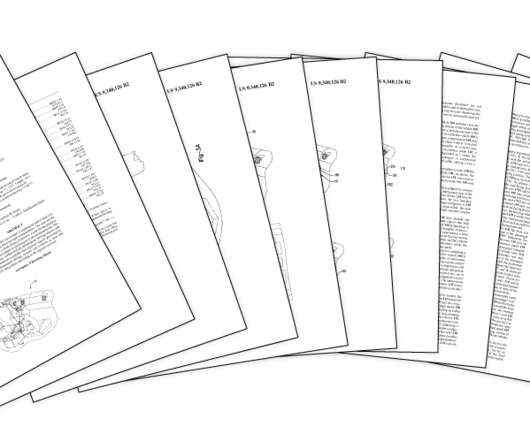
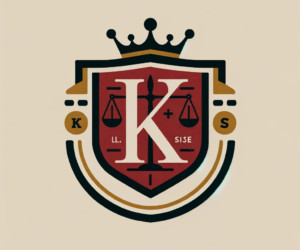
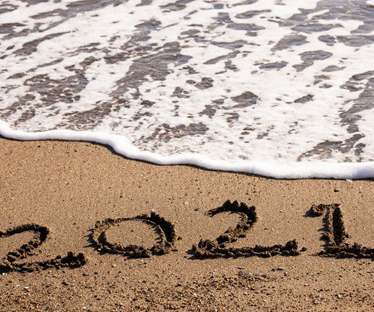
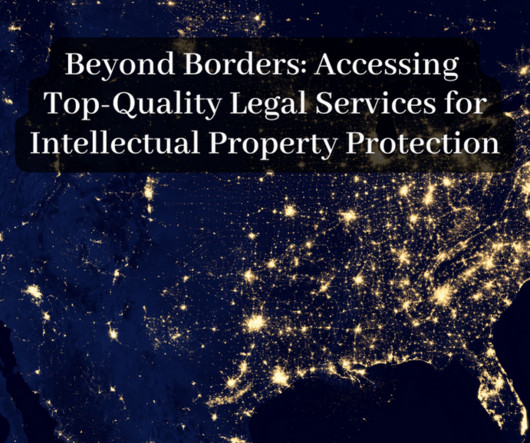

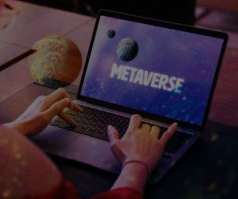
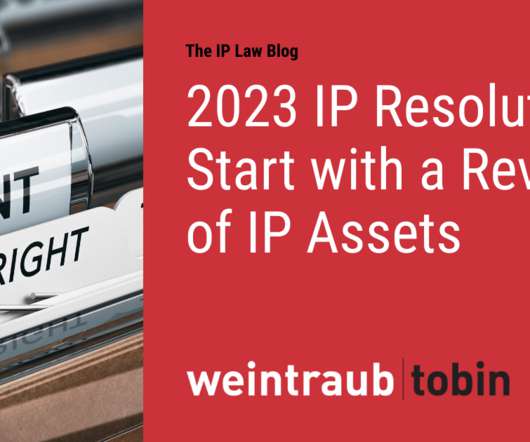






Let's personalize your content